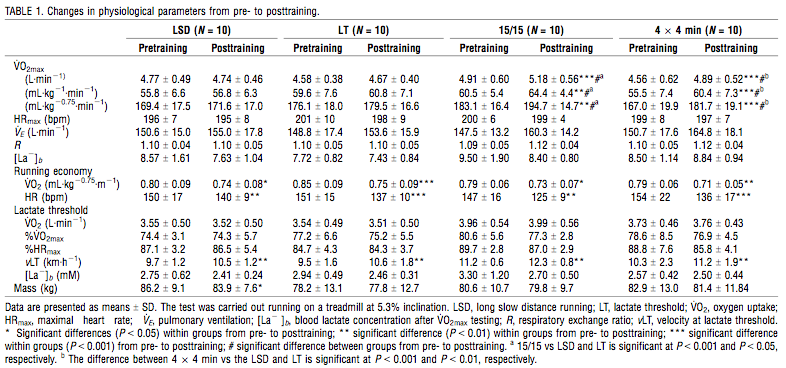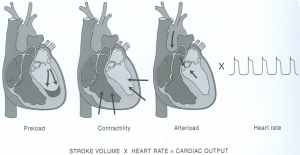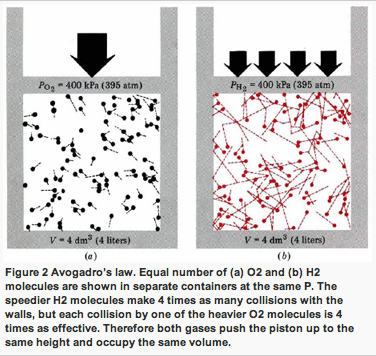High-Intensity Interval Training
Intervals, fartleks, tempos, and hill sprints are all variations of potentially high-intensity workouts. I haven’t done much speedwork in a while, but I’ve recently discovered a 6km climb that overlooks Santiago and realized that it’s the perfect excuse to resume.
I’m a big proponent of interval training, especially this past summer while prepping for the NYRR Half Marathon Series. But I never actually spend much time talking about the benefits of high-intensity intervals. And there’s a lot! But let’s keep it simple. Studies previously published by the American College of Sports Medicine have noted that intensity and volume of training are not interchangeable. Generally speaking, aerobic intensity workouts produce significantly better results with respect to VO2 max and cardiac output.
Briefly defined, VO2 max is your maximum oxygen consumption – the higher it is, the better your work output per minute. In line with this is your cardiac output, which is your heart’s ability to pump a certain volume of blood per minute – the higher it is, the better likelihood of having a greater capacity for oxygen consumption.
It’s been shown that when athletes run high-intensity intervals at about 90-95% of their maximum HR, both VO2 max and cardiac output improves. More or less, the order of operation is something like this: stroke volume increases, cardiac output increases, VO2 max increases.

You can download the full details of the study here.
Unfortunately, it’s inconclusive about effects on running economy (doesn’t look like it improved much); that might be something to look into another day. By the way, high-intensity interval training varies for every person! For example, I’m planning on doing 30-second hill sprints, with 400 meter rest periods, over 6km. It works the same way if you were to run 3-minutes at 90% your maximum HR and take 3-minute rest periods, over a 30-minute run. Pretty awesome huh?



Tell me about it every time I think about having to spend an hour or hour and a half to exeicrse, I slack up. It’s not my favorite activity regardless of how much I’d love to be a fitness fanatic LOLSo I found a kettlebell exeicrse that’s only 25 minutes and boy is that a workout!! It feels like I’ve exeicrsed for an hour Good news for those who think they have to exeicrse for long periods of time.~Kesha